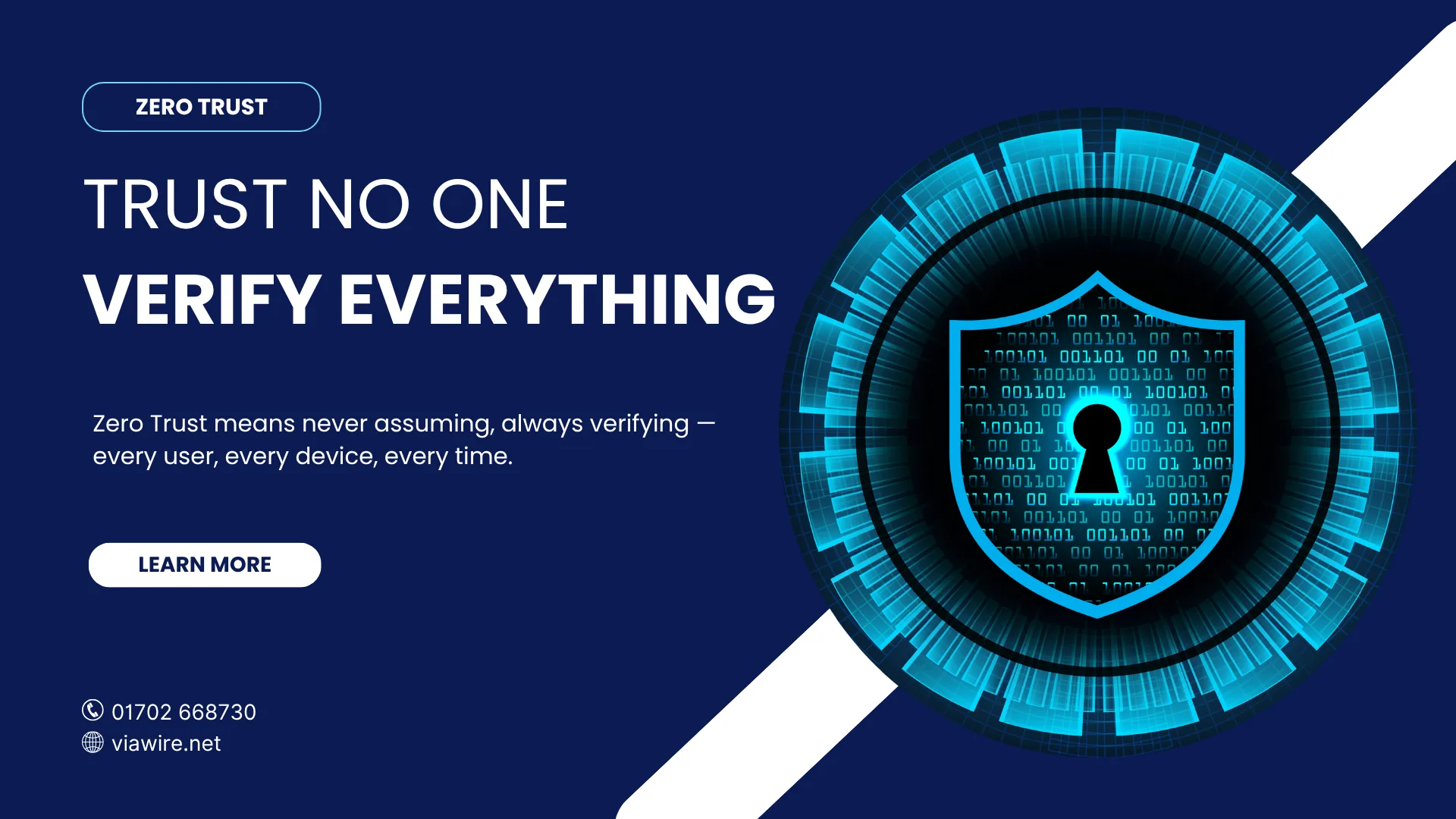Zero Trust sounds great, but isn’t it only for big corporations with deep pockets? Not at all. Small and medium-sized businesses can adopt Zero Trust principles using tools they likely already have. Here’s how to get started in a budget-friendly, manageable way.
Step 1: Turn On Multi-Factor Authentication (MFA)
It’s simple, free with Microsoft 365, and one of the most effective ways to stop account takeovers.
Step 2: Review User Access
Audit who has access to what. Does everyone need full control? Start reducing privileges.
Step 3: Implement Conditional Access Policies
With Microsoft 365 Business Premium or E5, you can:
- Block access from unknown locations
- Require device compliance for logins
- Enforce MFA only under specific conditions
Step 4: Secure Endpoints
Use Microsoft Intune or built-in device management tools to:
- Require devices to be encrypted
- Ensure antivirus is enabled
- Enforce compliance before allowing access
Step 5: Monitor and Respond
Start using built-in reporting and alerts to monitor suspicious activity. Tools like Microsoft Defender for Business are a great first step.
You Don’t Have to Do It Alone
You can begin your Zero Trust journey with a few simple changes — and we’re here to help you every step of the way.
Let’s chat about what makes sense for your business. Book a free consultation and we’ll help you prioritise where to begin.




0 Comments